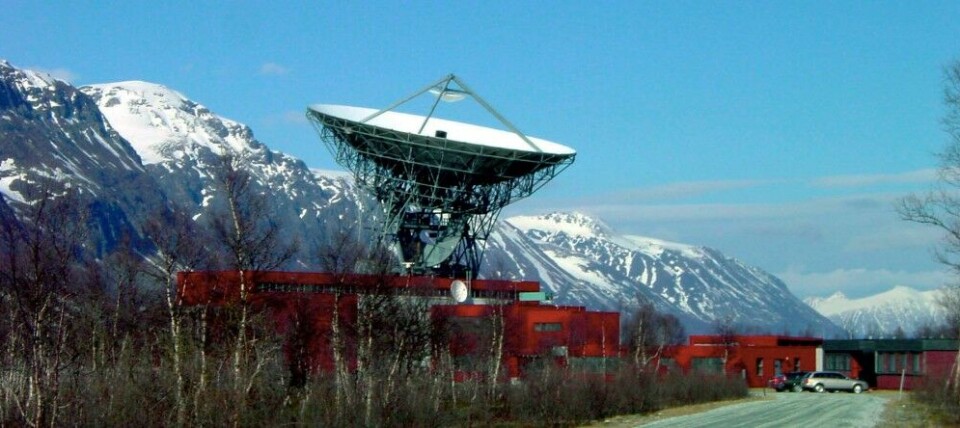
Researchers gather on north Norwegian coast to build new radar system
The €75.5 million new EISCAT_3D research station in Skibotn, northern Norway, will help strengthen understanding of the atmosphere. And the northern lights.
p.p1 {margin: 0.0px 0.0px 15.0px 0.0px; line-height: 22.0px; font: 14.0px Helvetica; color: #000000; -webkit-text-stroke: #000000; background-color: #ffffff}p.p2 {margin: 0.0px 0.0px 0.0px 0.0px; font: 11.0px ‘Helvetica Neue’; color: #000000; -webkit-text-stroke: #000000}p.p3 {margin: 0.0px 0.0px 0.0px 0.0px; font: 11.0px ‘Helvetica Neue’; color: #000000; -webkit-text-stroke: #000000; min-height: 12.0px}p.p4 {margin: 0.0px 0.0px 15.0px 0.0px; line-height: 17.0px; font: 15.0px Helvetica; color: #404040; -webkit-text-stroke: #404040}span.s1 {font-kerning: none}span.s2 {font-kerning: none; background-color: #fffc66}span.s3 {font-kerning: none; color: #333333; -webkit-text-stroke: 0px #333333}
The station, a joint initiative by research institutes from several countries, will be the biggest single installation of international research equipment in mainland Norway. Construction starts this week and is due to be completed in 2021, the University of Tromsø informs.
The facility will help researchers better understand climate and temperature changes in the atmosphere.
«With this technology it will be possible to study the upper parts of the atmosphere in more precise way,» says Ingrid Mann, Professor at the University’s Department of Physics and Technology.
And it will give us more knowledge about climate change, she adds
The EISCAT_3D will be an international research infrastructure, which uses radar observations and the incoherent scatter technique for studies of the atmosphere and near-Earth space environment above the Fenno-Scandinavian Arctic, the international research group says.
The station will be based on 10,000 antennas and an advanced infrastructure for data processing. It will interact with radar facilities in nearby Kaaresuvanto (Finland) and Kiruna (Sweden).
The radar will be operated by the EISCAT Scientific Association and serve as an integral part of the organisation. EISCAT has successfully operated incoherent scatter radars for more than thirty years.
«We were completely dependent of new technology in order to proceed with this research, says Morten Hald, Dean of the Faculty of Science and Technology, Arctic Universty of Norway.
















